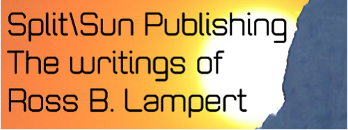
Ah, dialogue. It’s hard for many writers to do well. When it works, it crackles, sings, inspires, enrages, chills, thrills. But when it doesn’t, it might do that too, but for the wrong reasons! It may be stiff and stilted, choppy or verbose, confused or confusing, or have other problems. Any or all of those characteristics can be acceptable, even necessary, when they reflect the character of the speaker. When they don’t, there’s trouble.
Natural Dialogue vs. Written Dialogue
There are many reasons for this. First off, dialogue in writing—all writing: fiction, memoir, and non-fiction—is not natural, but has to sound natural when read, especially out loud...
Read More









Recent Comments